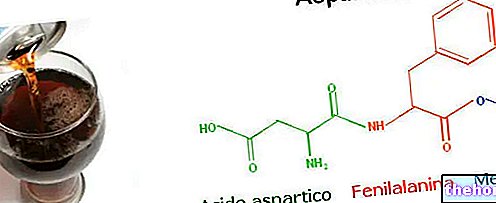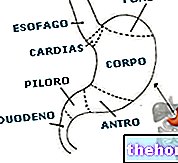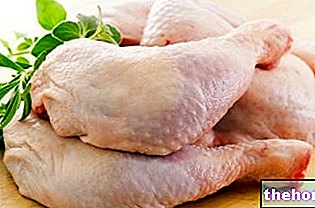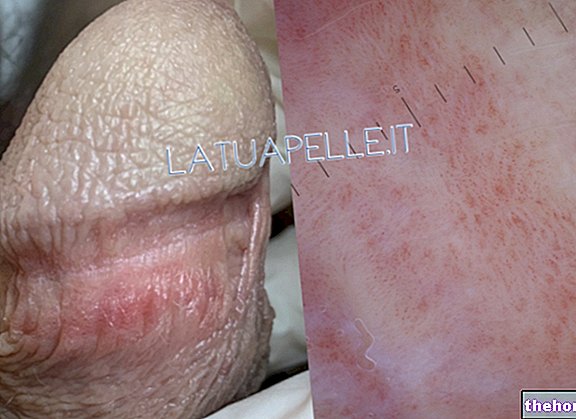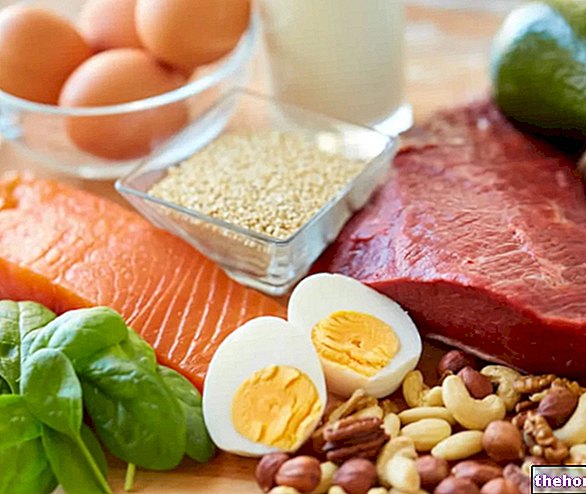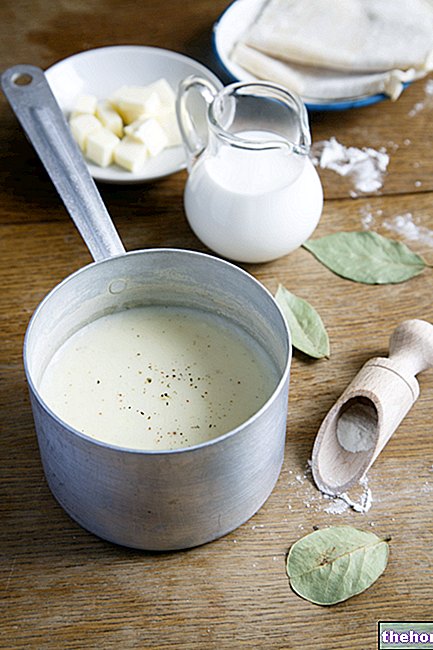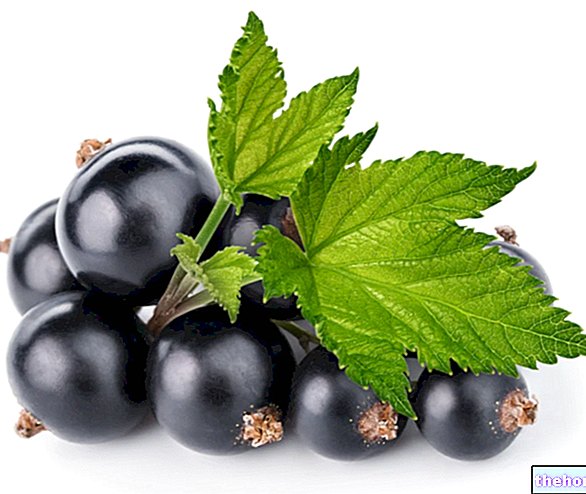Scroll down the page to read the sugar beet summary table
The leaves have always been used as fodder
- First references to sugar beet: 420 BC
- Discovery of sugar crystals from beet juice: 1747, Dr. Margaff
- 19th century: sugar cane continued to excel
- Napoleonic wars: blockade of sugar cane imports → boom of sugar beet for the extraction of sucrose
- 1887: Italy → E. Mariani encourages both the cultivation of sugar beet and the extraction of its sugar
- Botanical name: Beta vulgaris var. turnip form very high or saccharifera
- Family: Chenopodiaceae
- Vital stages: first vegetative year, second reproductive year
- Brief description of the plant: biennial herbaceous plant with a bushy habit
- Stem: angular, erect and very branched
- Root: large, fleshy, typically taproot, up to two meters long. It is characterized by typical transversal roughness and by two longitudinal sugar grooves
- Leaves: large and greenish, gathered in elongated spikes arranged in whorls, heart-shaped at the base, rounded or tapered
- Flowers: green or red consisting of a corolla with 5 sepals, they are gathered in tetraflorous spikes
- Fruits (glomeruli): rounded and angular shape, they are rather wrinkled and very hard
- Seeds: greenish, sometimes brown, yellow or black, with a typically lenticular shape
- Type of seeds
- Chromosomal heritage
- Sowing time
- Quantity of sugar extracted from the root (weight / sugar content ratio)
Water supply: the plant requires constant water supply → irrigation by sprinkling is recommended
Ideal germination temperature: 5-6 ° C / 10-12 ° C
Climate: temperate, ideal that of Europe and the former Soviet Union
Sowing: February-March
Harvest: generally towards the end of August-beginning of September
- Collection
- Immediate transport to sugar factories to avoid fermentation
- Transport on carrier belts
- Washing with water jets
- Elimination of weeds and stones
- Chopping (beets are sliced)
- Diffusion → counter-current sugar extraction
- Purification of the extracted sugar juice + drying of the exhausted matrix
- Concentration of the sugary sauce
- Cooking + centrifugation → crystal separation
- Raw beet sugar
- Possible refining → Residue: molasses
- remineralizing
- vitaminizing
- purifying
- antiseptics
- tonic
- digestive
- stimulants of bile production
- it absorbs toxins from the cells and facilitates their elimination
91% water
4% carbohydrates
1% protein
+ antioxidant substances, nitrates and oxalic acid
- anemias
- brain infections
- weak lymphatic system
- deficiency of erythrocytes
- exhaustion
Other Foods - Sweeteners Acesulfame K Aspartame Sugar beet Sugar cane Sodium cyclamate Dextrose Sweeteners Erythritol Fructose Maltose Mannitol Molasses Saccharin Saccharose Maple syrup Agave syrup Fructose syrup Glucose syrup Sugar sorbitol Articles Stevia Sucralitol sugar SWEETENERS Categories Alcoholic Foods Meat Cereals and derivatives Sweeteners Sweets Offal Fruit Dried fruit Milk and Legumes Oils and Fats Fish and fishery products Salami Spices Vegetables Health recipes Appetizers Bread, Pizza and Brioche First courses Second courses Vegetables and Salads Sweets and Desserts Ice cream and sorbets Syrups, liqueurs and grappas Basic Preparations ---- In the Kitchen with leftovers Carnival recipes Christmas recipes Light diet recipes tici Recipes for the Holidays Recipes for Valentine's Day Vegetarian Recipes Protein Recipes Regional Recipes Vegan Recipes


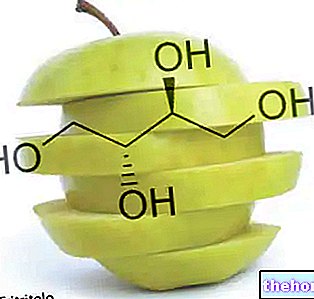
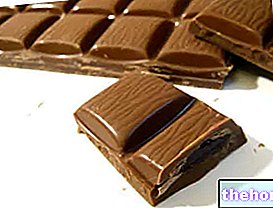
.jpg)

